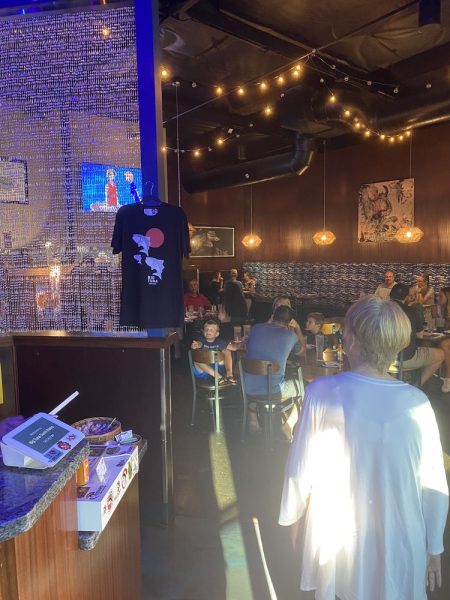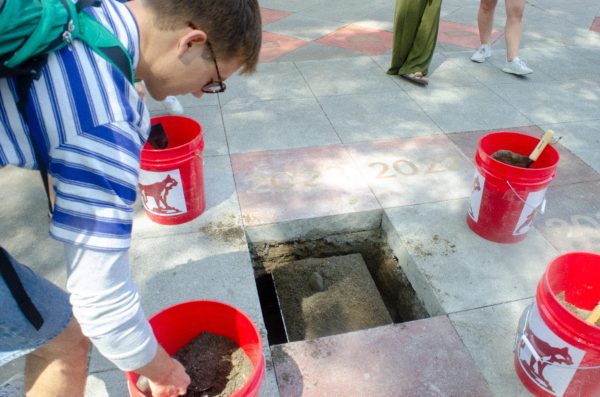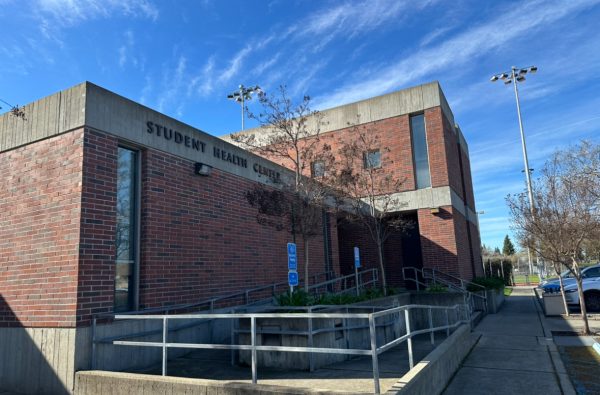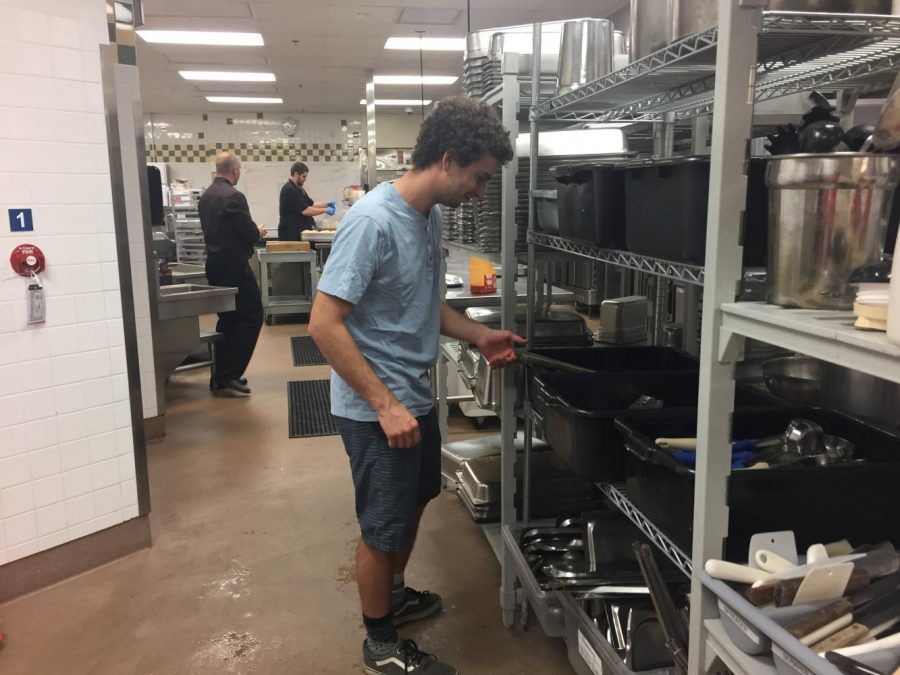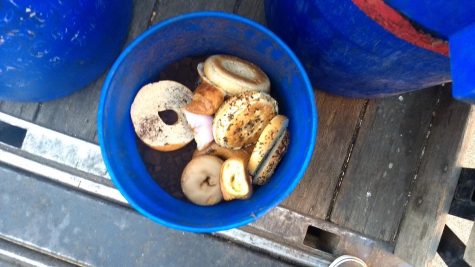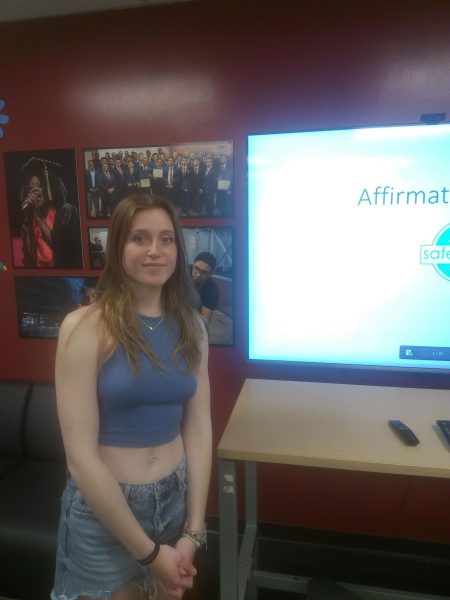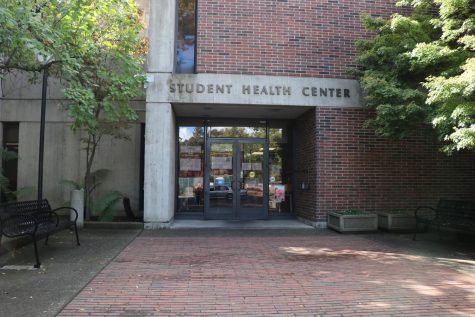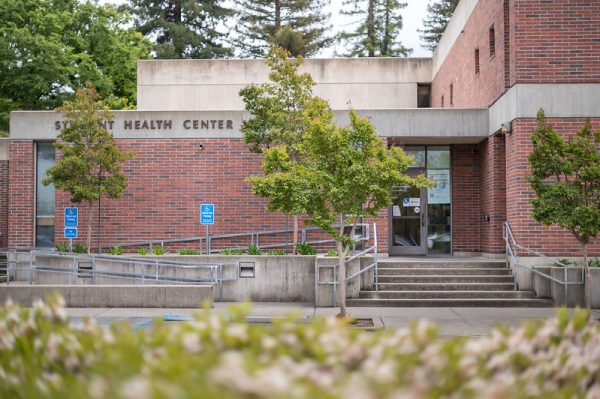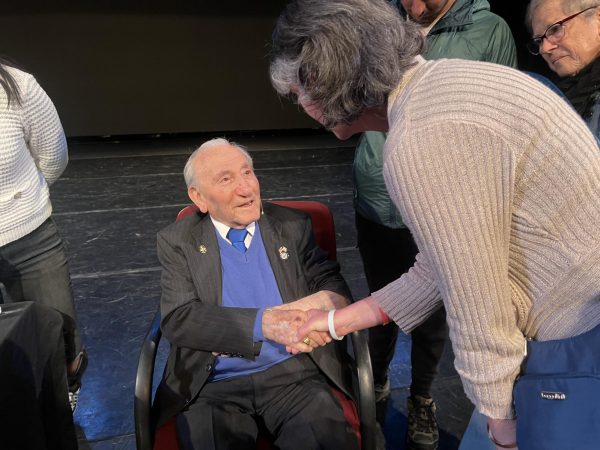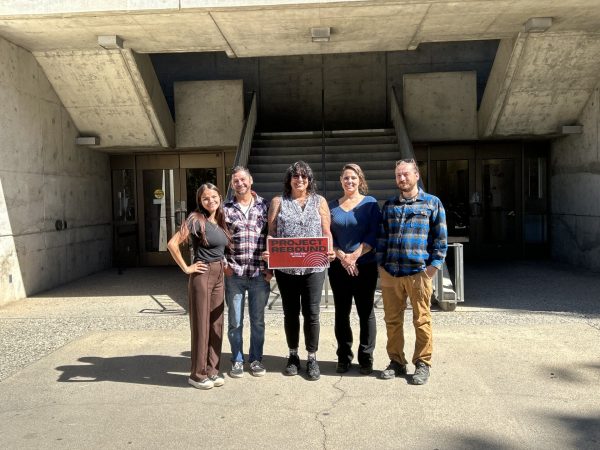Sutter Dining takes out the trash
Sutter Dining hall started a new food waste separation system the week of Oct. 23.
The dining hall staff is teaming up with AS Recycling to measure pre-consumer and post-consumer food waste. Food preparation scraps will now be disposed of into blue bins while leftover food from students will be disposed of into green bins.
According to Dining Services Associate Director Corinne Knapp, the dining hall collects 500 to 750 pounds of food waste per day but with this new system, more data will emerge.
Knapp organized this system with AS Recycling Coordinator Eliza Miller.
“Eliza and her staff, when they pick up those bins, are going to weigh them daily and we’re going to have two sets of data,” Knapp said. “One that will tell us pounds of pre-consumer waste and (one that will tell us) pounds of post-consumer waste.”
This data will then be used to evaluate student waste versus employee waste.
“Pre-consumer waste is where we need to focus on educating our employees. That would be further training them that you can actually cut all the way to the end of the carrot versus chopping off an inch and a half,” Knapp said. “Once we have some baseline data for the pre-consumer waste, we’ll work with our employees to identify areas that need additional training to reduce that.”
The main issue, however, is post-consumer or student food waste. According to Dining Hall Manager Joe Bassett 80 to 85 percent of food waste comes from students’ plates. While these numbers are estimates, the data from this new trash system is expected reflect these percentages.
Knapp also plans to put up food waste data signs near the conveyor belt where students put their dirty dishes.
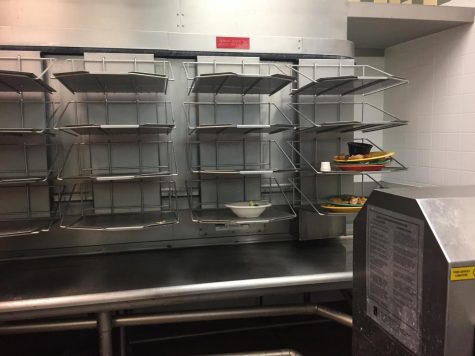
“We want to create a chart that’s near that conveyor and it will display the baseline week, so the first week we do this, and how many pounds of food waste was generated really by people taking more than they were going to eat,” Knapp said. “Then (we’ll) challenge everyone collectively to reduce those numbers so that we each week we can see that graph go down and really do some education about the impact that food waste has on our environment.”
Alex Grant can be reached at [email protected] or @theorion_news on Twitter.
